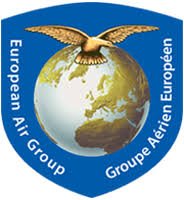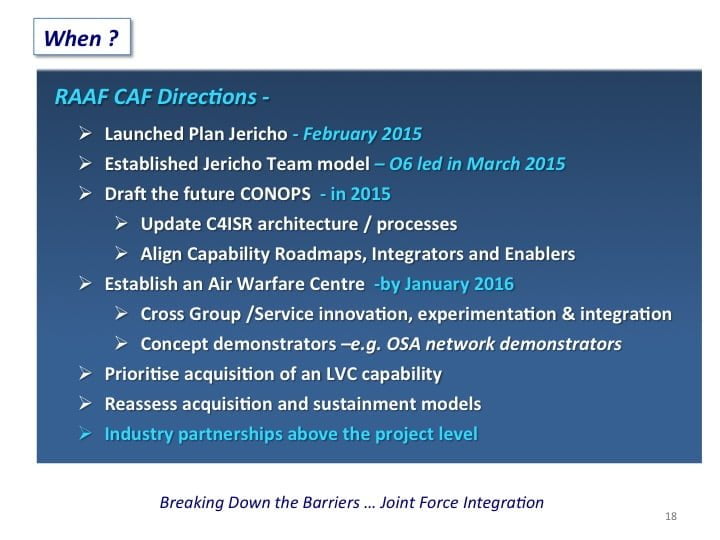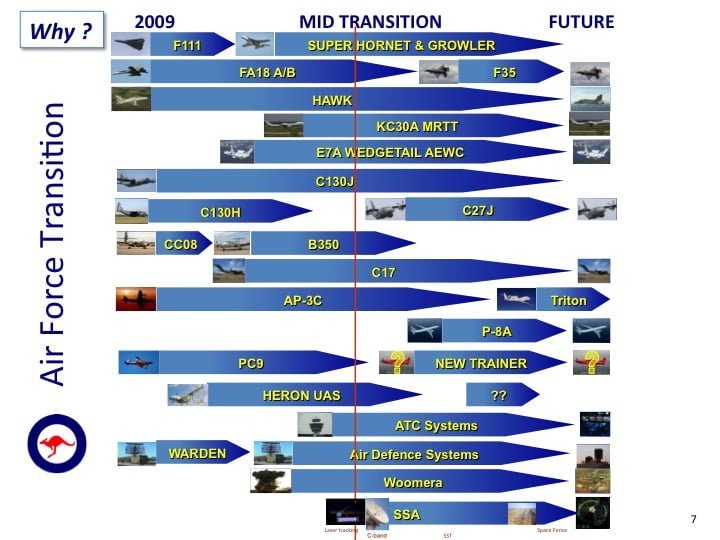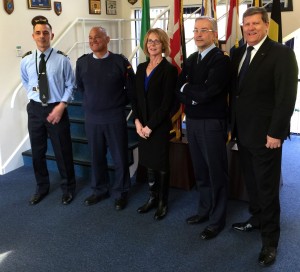2015-05-13 The tragic crash of an A400M (MSN 23), a plane for the Turkish Air Force, at Seville on May 9th, 2015 near the final assembly plant, reminds us of how risky the introduction of new systems can be.
The plane was due to be delivered to the Turkish Air Force in June, but the plane crashed during a test flight killing four-test crew.
When one grew up in the 1950s, the ongoing development of new aircraft unfortunately saw many injuries and fatalities in the development and test processes as an integral part of the aerospace innovation effort.
Fortunately, new techniques and technologies of development and testing have dramatically reduced the numbers of fatalities in the test process but have not eliminated the risk inherent to introducing new systems.
The crash reminds us that innovation does not come without human cost.
According to a story published by our partner, India Strategic, shortly after the first reports of the accident:
Company spokesperson Maggie Bergsma said the aircraft was on its first production flight and was scheduled for delivery to the Turkish Air Force next month, in June. “
Airbus is devastated to confirm that of a total crew of 6 on board we have lost 4 of our crew members in the accident. Two other crew members are currently in hospital in a serious condition.
All crew members are Airbus Defence and Space employees of Spanish nationality.
Our thoughts are with the families and friends of those affected by this tragic accident and we are providing all our care and support.”
The fate of the two pilots was not disclosed.
Spanish Prime Minister Mariano Rajoy promised transparency in the investigation and said he shared the pain at the tragedy.
The Airbus A400M, designated Atlas, is produced here in Seville, in Southern Spain, by Airbus Defence and Space along with another aircraft, C295. The production facility here originally belonged to the Spanish aircraft maker, Construcciones Aeronauticas S.A. (CASA), absorbed in EADS in 1999 and then in Airbus Military in 2009.
European partners in the Airbus spent about Euro 20 billion ($ 22 billion at current rate) to develop the aircraft after the success of several civil platforms beginning with Airbus A320 till Airbus A380, successfully capturing nearly half the global market from US aerospace giant Boeing.
The A400 M mishap took place just as a large number of journalists, invited by Airbus Military, were about to converge here for the company’s annual Trade Media briefing to showcase the company’s achievements. The event was understandably cancelled.
This was the first accident of the newly developed aircraft, inducted into service just two years ago, in 2013. Soon after the mishap, Britain and Germany announced they were grounding their fleets for a review.
Other nations which have taken delivery of the aircraft are likely to follow. But notably, this is a standard practice in aviation industry for understanding and identifying any problems towards preventing any further mishap, and routine trials are likely to resume earliest possible.
The ill-fated aircraft had taken off from the San Pablo or Seville airport, adjoining the Airbus facility, which was closed to air traffic for some time because of the fire and heavy smoke rising from the debris. Emergency services were activated immediately, and rescue workers pulled out the two survivors.
Ms Bergsma said that the aircraft, with serial number MSN023, was the third in line for Turkey. The company had set up a team to coordinate investigation into the possible causes of the crash. The inquiry will determine if there is a design flaw, equipment failure or human error leading to the accident.
Local media reports said that the pilots indicated something was wrong with flight controls and tried to land the aircraft but hit an electricity tower and wires during the attempt.
Both the black boxes, the cockpit voice recorder and flight data recorder, were recovered and their data is being analysed.
The A400 M is a powerful, new generation four-engine turboprop with tactical short takeoff and landing capability, in size somewhere between Lockheed Martin’s C 130J and Boeing’s C 17 Globemaster III. The aircraft is designed for multiple roles from troops and cargo drops to medical evacuation and midair refueling.
Airbus has orders for 174 aircraft from Belgium, France, Germany, Luxembourg, Malaysia, Spain and Britain. Only a dozen or so have been delivered so far.
The aircraft has also been under study by the Indian Air Force (IAF) for possible induction in future.
http://www.indiastrategic.in/topstories3759_Airbus_Military_A400M_aircraft_crashes_4_killed.htm
The test program will recommence shortly.
According to a story in The Guardian:
Airbus said flight testing would continue according to schedule, with Fernando Alonso, the executive vice-president of military aircraft at Airbus Defence and Space, due to be aboard an A400M that will fly from Toulouse to Seville on Tuesday.
In a letter to staff, Airbus’s chief executive, Tom Enders, said it would “demonstrate to our customers, the air forces, that we fully trust this great transport plane and are as committed to the program and the further ramp up of deliveries and capabilities as ever”.











